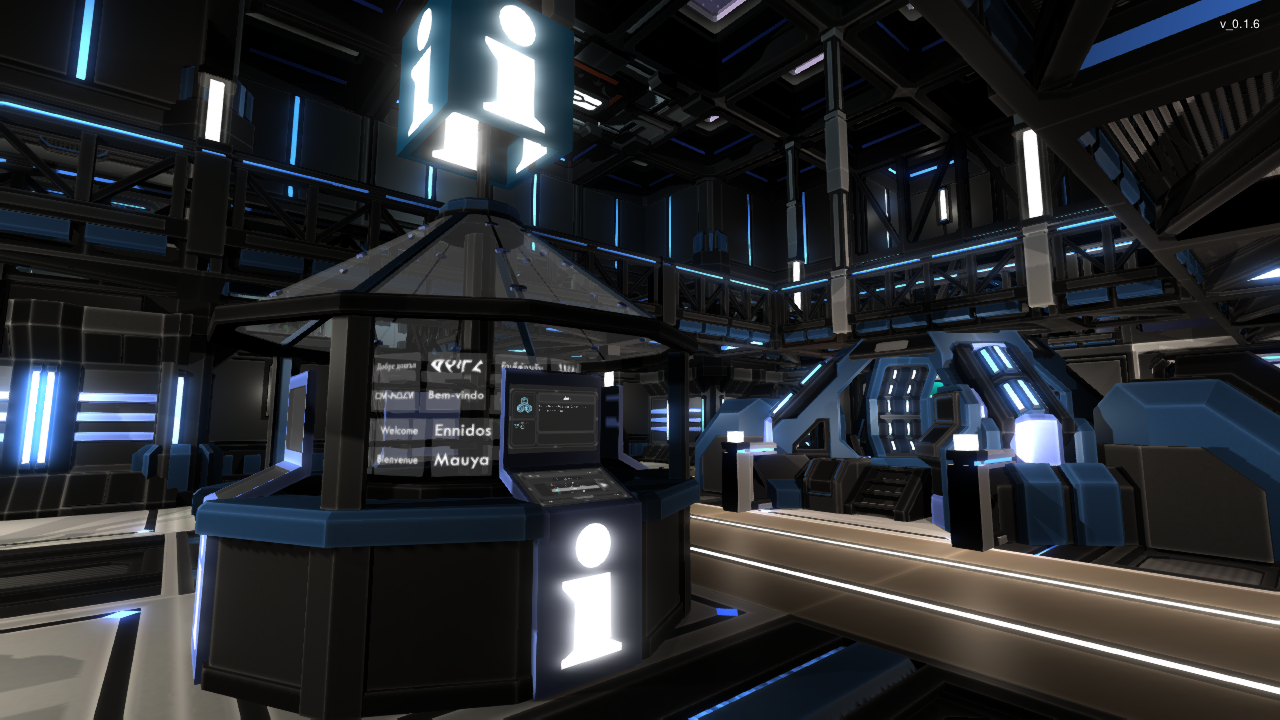

Please see the patch notes for 1.0 for the full list of changes. They will only start to emit the effect when picked up and placed down again.īesides these new mechanics there is also a lot of other new stuff. RadEx can be bought at all starter stations.īecause we’re only introducing this mechanic now, all resources already on your ships will not emit radiation when you load up a save. You can craft a new hazard suit that protects against radiation to a degree, and you can use RadEx in a fire extinguisher to speed up the decay by washing away some of the radioactive material.

ACTRs can be of great help to safely transport the nuclear material. This means that for high amounts of nuclear material you might want to consider building special rooms which are either accessed via an intermediary corridor or not at all. Once a room is contaminated the radiation will slowly decay once the source is removed. And you can safely carry it around in digitized form in your inventory. Radiation will not spread from vaults or the nuclear reactor.

Little amount of ore won’t do much but a large amount of depleted cells will become deadly very quickly. Sprinklers will automatically take any available water from the tanks once a fire is detected.įires will also increase the amount of carbon in the air by a lot, and will fill up the carbon filters pretty quickly, be sure to check your life support systems after putting out a fire.Ĭertain resources, (such as Uranium Ore, Uranium Bars, all the nuclear fuels), will emit radiation when placed on a cargo pad or in a cargo container.
Interstellar rift install#
To use sprinklers you can install them via the ship editor, and you need to insert water into a fuel tank. Fires will damage air vents, and will eventually go out on their own. To put out a fire you can either use a fire extinguisher (which can be bought at any starter station), use sprinklers, or either disable the air vents or wait for all the oxygen to be depleted. Fire will spread through the room as long as there is oxygen available, damaging any devices it comes into contact with in the process and raising the room temperature to unsustainable levels. Depending on the flammability of a device there is a greater or smaller chance of a fire starting. Once it is depleted you will start to slowly take damage.įire can break out when a device is being damaged. When the temperature drops below -20 celsius, or above 50, your suit’s internal temperature buffer will begin to drain. Teleporters emit a large amount of heat in one go as they discharge their internal power buffer, while devices like refineries and extractors will heat up a room continuously. Fires will quickly raise the temperature in a room, for devices it depends on the type. On small ships this difference is managed automatically, on larger ships you need the Thermal Extractor to maintain a suitable temperature level.ĭevices and fire can heat up a room in addition to the hull temperature. The temperature in the rooms changes depending on the temperature of the hull.

Your ships’ engines will also heat up the hull. This temperature is slowly passed on to the interior of the ship, where it will heat or cool rooms. Depending on the distance to the star in a system your hull will either get hot or cold. The temperature on your ship works as follows. Both coolant and heated coolant can be made in the refinery. When your ship is too cold on the other hand, it can also warm your ship up by providing it with heated coolant. It has a limited capacity and depending on the size of your ship you might need a couple extra to fully satisfy the need for cooling. This device will take in hot air via vents in the rooms and then cools it with the use of coolant and heatsinks. On larger ships you will need a new device called the Thermal Extractor. On small ships (sub 50k mass), this is done automatically and unless a fire breaks out your ship will manage to maintain a temperature suited for humans. To create a livable environment on your ships the temperature needs to be kept at a reasonable level.


 0 kommentar(er)
0 kommentar(er)
